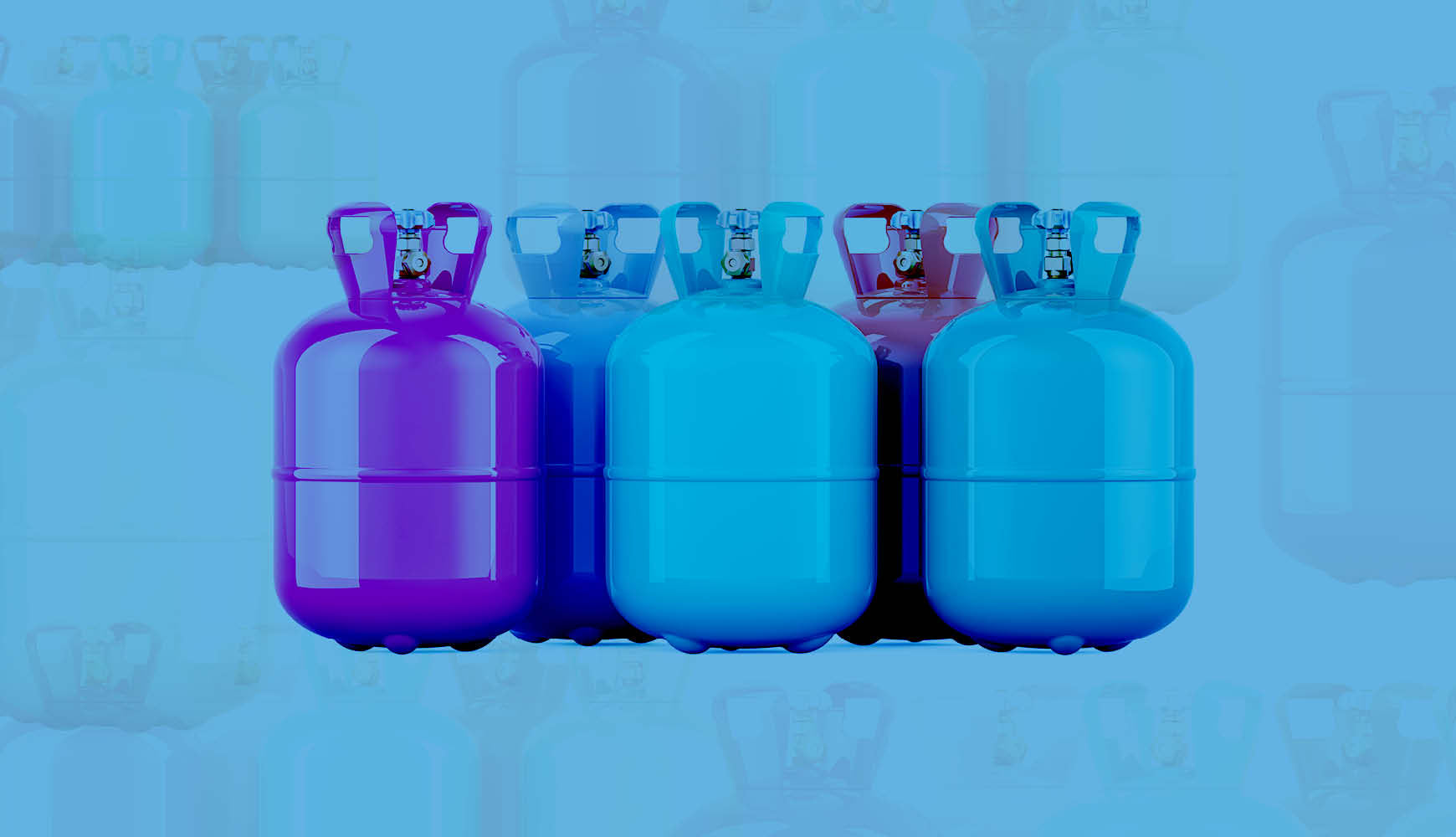
Staying Ahead of the Curve: Preparing for Refrigerant Changes in 2025

Refrigerants play a crucial role in the performance and efficiency of mini split systems. However, the choice of refrigerant can also have significant environmental implications. In recent years, there has been a growing emphasis on reducing the use of refrigerants with high Global Warming Potential (GWP). As a result, the HVAC industry is undergoing a transition towards lower-GWP refrigerants.
Global Warming Potential (GWP) is a relative measure of the greenhouse gas effect of a particular gas compared to carbon dioxide (CO2). It's expressed as a multiplier, where a GWP of 1 means a gas has the same warming potential as CO2 over a specific time period.
The Intergovernmental Panel on Climate Change (IPCC) is the leading international body for assessing the science related to climate change. The IPCC provides regular assessments of the scientific basis of climate change, its impacts, and future risks, as well as options for adaptation and mitigation. The IPCC provides detailed information on the GWP of various greenhouse gases, including refrigerants. According to the IPCC, the GWP of a refrigerant is calculated over a specific time horizon, as the warming effect of some gases may decrease over time.
The choice of refrigerant for mini-split systems can have a significant impact on their environmental footprint. Refrigerants with lower GWPs are considered more environmentally friendly.
In response to the growing environmental concerns associated with high-GWP refrigerants, there has been a significant shift towards the adoption of lower-GWP alternatives. This transition is being driven by various factors, including:
Regulatory pressures: Governments worldwide have implemented stricter regulations to limit the use of high-GWP refrigerants.
Environmental awareness: Consumers and businesses are becoming increasingly conscious of the environmental impact of their choices.
Technological advancements: The development of new, more efficient refrigerants with lower GWPs has made it possible to transition away from high-GWP options.
In the United States, there have been significant changes to refrigerant standards in recent years. The American Society of Heating, Refrigerating, and Air-Conditioning Engineers (ASHRAE) has established guidelines for the use of refrigerants in HVAC systems. These guidelines often align with the regulations set forth by the Environmental Protection Agency (EPA).
The EPA has implemented regulations to phase down the production and import of high-GWP hydrofluorocarbons(HFCs). These regulations are part of the American Innovation and Manufacturing Act of 2016. As a result of these regulations, the use of high-GWP refrigerants in new mini split systems will be restricted starting in 2025. This means that retailers and consumers will need to transition to mini split systems that use lower-GWP refrigerants.
Starting January 1, 2025, manufacturers will no longer be allowed to import mini-split systems that use refrigerant with a GWP greater than 700. The sell-through date for systems currently in the U.S. is January 31, 2025. After this date, the sale of all residential and light commercial air conditioning and heat pump systems with a GWP greater than 700 will be prohibited.
Two common refrigerants used in mini split systems that meet these new standards are R545B and R32. Here's a brief comparison:
Global Warming Potential (GWP): R454B has a GWP of 466, while R32 has a GWP of 675.
Flammability: Both R454B and R32 are classified as A2L gases with lower flammability, but R454B has a lower flammability limit of 11% compared to R32's 14%.
Cost: R454B typically has a lower cost than R32
The transition to lower-GWP refrigerants is an important step towards reducing the environmental impact of HVAC systems. However, it's also essential to consider the potential implications for the supply chain and product availability.
As retailers and consumers adapt to the new refrigerant standards, there may be temporary fluctuations in the availability of certain mini split systems. It's advisable to plan ahead and consider your options well in advance of the implementation date. By staying informed about these changes and making informed decisions, you can ensure a smooth transition to lower-GWP refrigerants for 2025 and beyond.
Disclaimer: The information provided in this blog post is based on the latest available data and regulations at the time of publication. However, refrigerant standards and regulations can change over time. For the most up-to-date information, please consult the following resources:
Environmental Protection Agency (EPA): https://www.epa.gov/
Air Conditioning, Heating, and Refrigeration Institute (AHRI): https://www.ahrinet.org/
